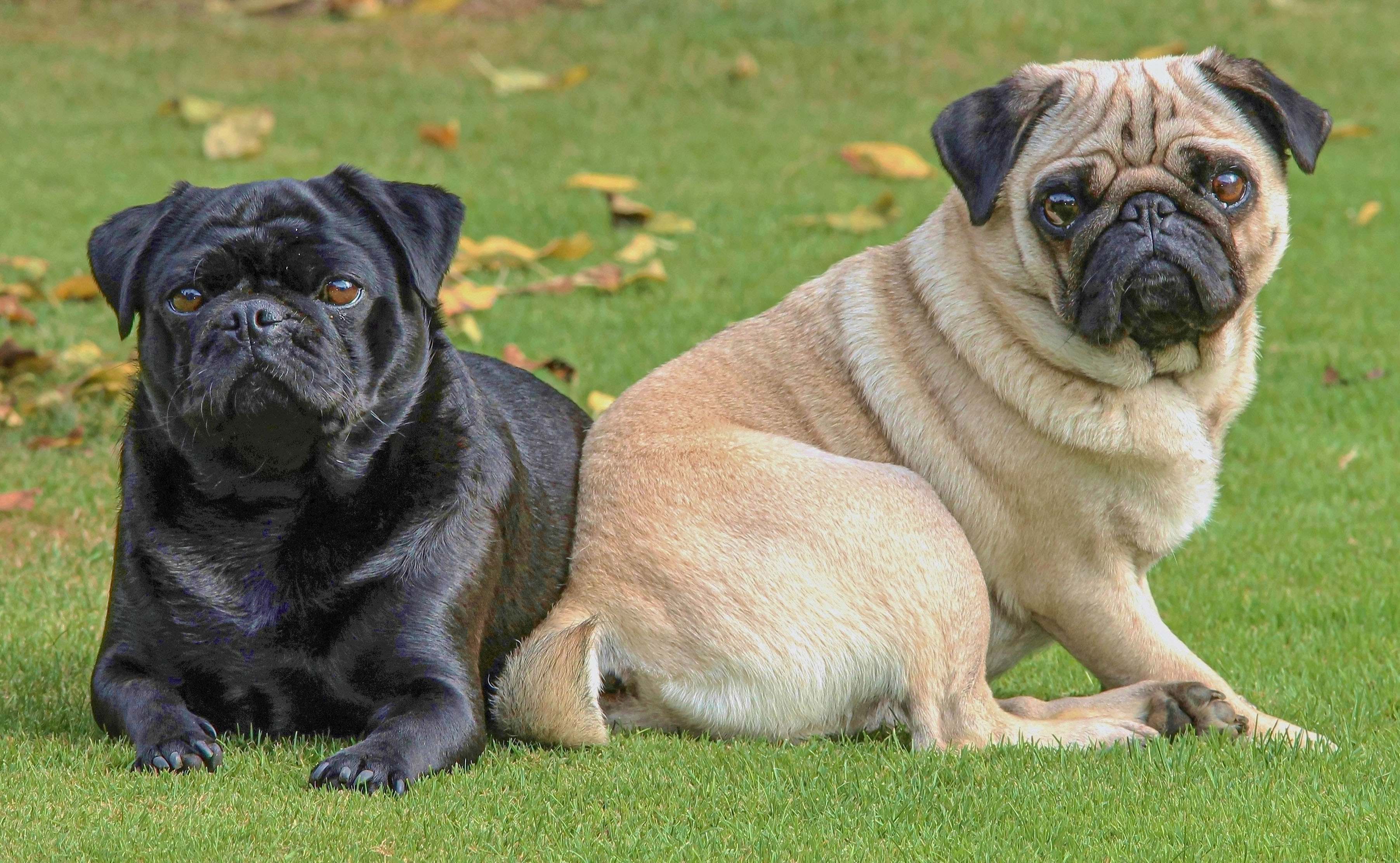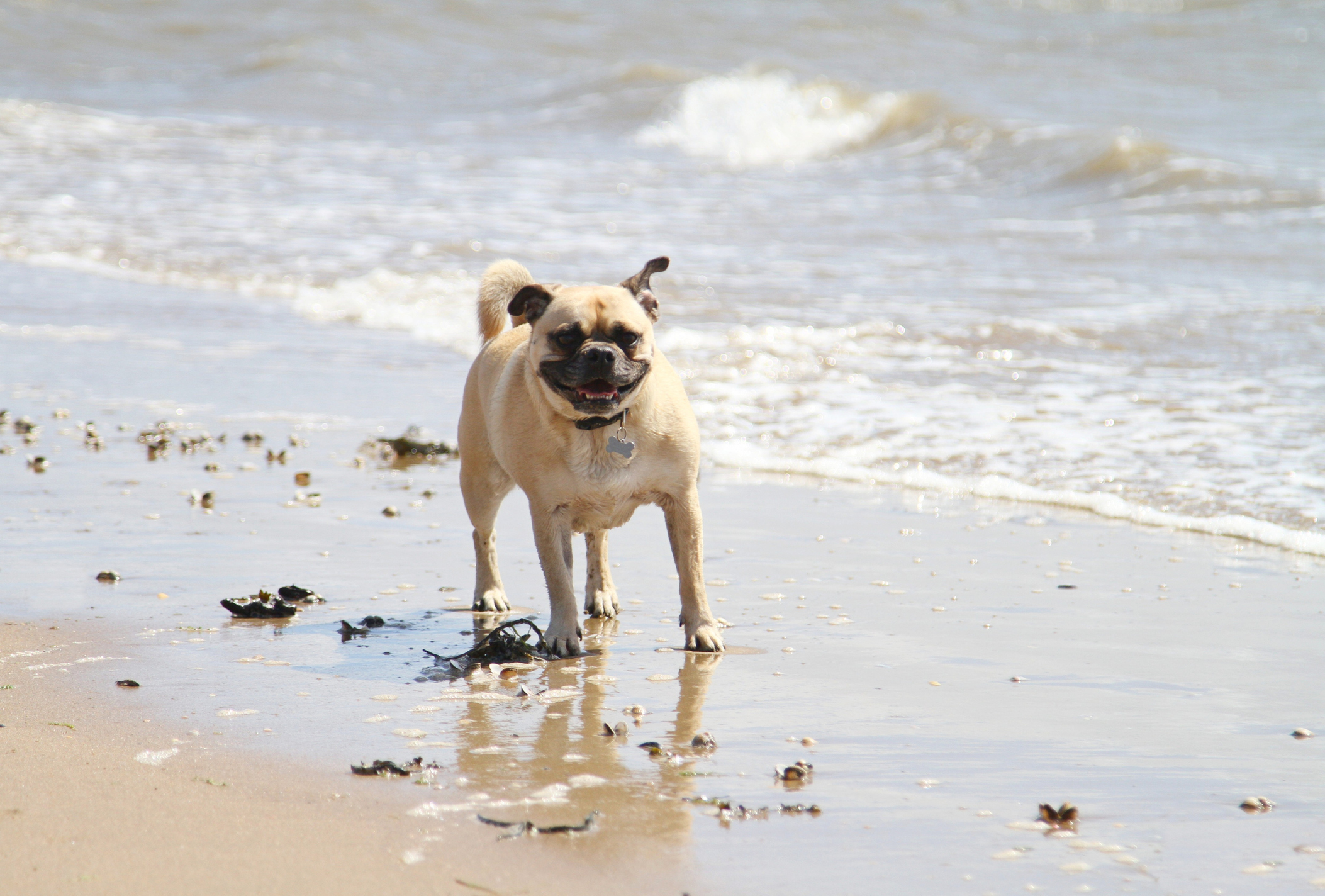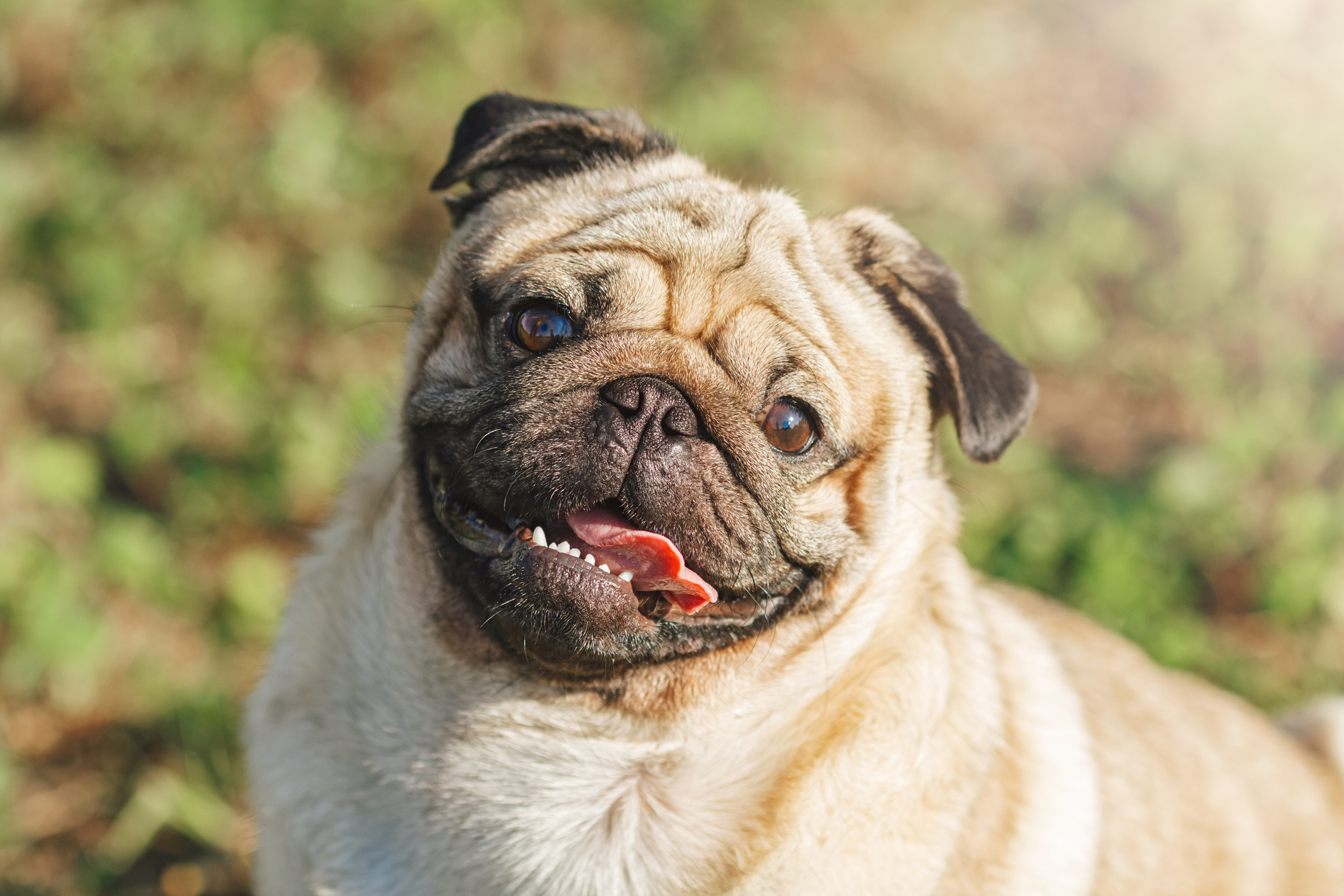All About Your Pug: Care Guide and Breed Info
Doctor of Veterinary Medicine

While efforts are made to answer all questions as quickly as possible, if an immediate answer is required or if your pet is in need of urgent or emergency care, contact your pet's veterinarian immediately.
Doctor of Veterinary Medicine

You will receive an answer from Dr. Lindsay and our vet/tech team as soon as possible, usually the same day.
All answers are provided for informational or educational purposes only, and are intended to be a supplement to, and not a substitute for, the expertise and professional judgment of your pet's veterinarian.
It may be necessary to consult your pet's veterinarian regarding the applicability of any opinions or recommendations with respect to your pet's symptoms or medical condition.
CloseDoctor of Veterinary Medicine

An error has occurred, please reload the page and try again.
CloseDoctor of Veterinary Medicine

While efforts are made to answer all questions as quickly as possible, if an immediate answer is required or if your pet is in need of urgent or emergency care, contact your pet's veterinarian immediately.
There is no answer related to your question

Known as “the clown of the dog world,” the Pug is easily one of the most recognizable and well-loved breeds in the world.
October 15th marks National Pug Day, a day for loyal Pug pet parents and dog lovers alike to get to know this globally iconic breed.
all about the Pug breed history, breed standard and traits, and best care to prevent and manage common health issues in Pugs.
How The Pug Came To Be
The Pug is one of the oldest dog breeds in the world, first recorded in history in China around 400 BC. Alongside other petite, short-faced companion dogs, like the Shih Tzu and Pekingese, the Pug was bred as a companion dog for emperors and their royal families. The most prized Pugs were born with a vertical wrinkle pattern on their forehead that resembled the Chinese character for “prince.”
Unlike most other breeds, the Pug was not bred to hunt, work, or stand guard. In fact, palace Pugs were so highly regarded that they had human guards of their own, and even had their own small castles.
Through history, the breed spread across Europe, holding the throne as a royal lapdog across continents. Over time, Pugs were widely featured in artwork, sculptures, and engravings.
In the 18th and 19th centuries, the breed became officially recognised by national kennel clubs, quickly establishing a position as a show ring favorite and popular companion breed all over the world. The breed’s appearance has taken on more dramatic changes since the rise of conformation dog shows, at first with a trend towards shorter legs, a more compressed facial appearance, and a deeply wrinkled brow.
Pug Breed Traits
According to the American Kennel Club breed standard, the Pug has a squarish, compact overall appearance and weighs about 14 to 18 pounds. Pugs have dark eyes, rose or button shaped ears, and a slight underbite. They have a smooth coat that can come in solid black or the more commonly recognized fawn with a black mask. White Pugs are a result of a rare genetic mutation and not recognized by the breed standard.
Common Health Issues in Pugs

A Jack Russell Terrier and Pug mix, also known as a “Jug” running along a shoreline.
The Pug is a brachycephalic breed, meaning they have a short skull with a squished-in muzzle. While their wrinkled face is a classic, defining part of their appearance, their exaggerated features have led to health complications, especially breathing issues.
This is because the Pug’s short skull cannot easily accommodate their short palate, which can extend into the back of their throat. Pugs also tend to have narrow nostrils which can obstruct or even completely prevent nasal breathing.
The unique shape of the Pug’s face also features shallow eye-sockets, giving their eyes a bulging appearance and a greater susceptibility for dry eye, corneal ulcers, inwards-facing eyelashes, cherry eye, and other eye and vision issues.
The Pug’s short, stocky proportions also increases their chances of developing orthopedic issues like hip dysplasia, intervertebral disc disease (IVDD), and luxating patella.
In fact, the Pug’s susceptibility to health issues has made the breed somewhat controversial. Retro Pug breeders introduce other breeds to their breeding line for puppies that are around 75-95% Pug. While no longer technically purebred, the resulting Retro Pug puppies may be less susceptible to health issues.
How To Care For Your Pug

While breathing issues in Pugs are common, they are not an inevitable part of owning the breed. Your veterinarian may recommend elongated soft palate and stenotic nare correction, which are simple laser procedures often done during routine spay and neuter that can greatly improve your dog's breathing.
The breed is, by nature, relatively sedentary, and unable to tolerate high impact exercise. This is in part due to their long history as a lap dog, but also due to the fact that they cannot pant to keep cool as efficiently as other breeds. Pugs should be protected from extreme heat and overexertion as they can be prone to heatstroke.
Obesity is incredibly common in Pugs. Moderate, low impact exercise and weight management dog food can help promote a healthy body condition.
Pugs can have difficulty eating out of most dog bowls, as their short snout is often unable to reach the bottom. You may opt for a shallow, elevated dish for a more comfortable eating experience.
Like most other small breeds, Pugs are prone to dental issues. Overcrowded teeth have nooks that trap food particles, tartar, and bacteria, potentially leading to gum disease and oral infection. Daily brushing and professional dental cleanings are key to maintaining good oral health.
Why We Love Pugs
Pugs have the markings of royalty with the personality of a court jester. They love being the center of attention, get along well with children and other pets, and they’re well suited for city and apartment life.
Looking for a Pug to call your own? Aim to find a pup with less exaggerated features to lessen their chances of developing breed-related health issues. Reputable Pug breeders prioritize breeding healthy dogs that have passed breed health club recommended screenings. You can find a registered Pug breeder through the AKC or breed club directory or by finding a breed specific rescue near you.
 Swipe
Swipe


















